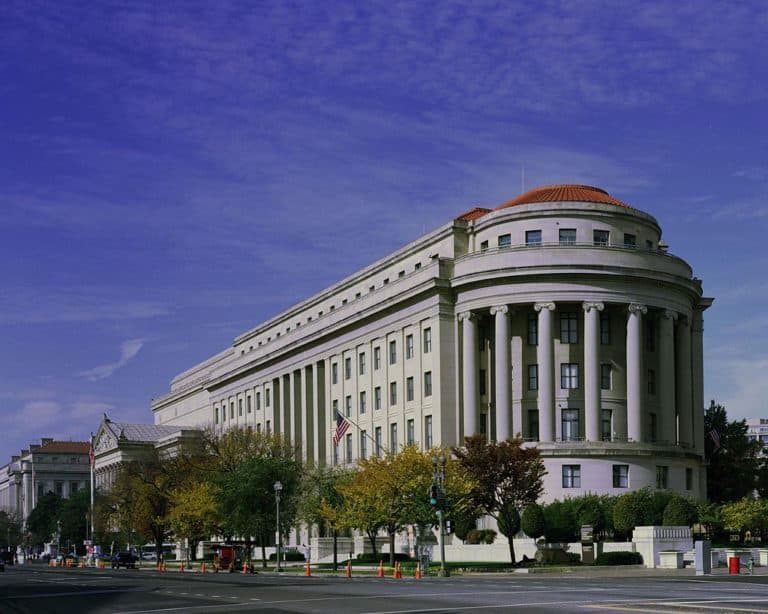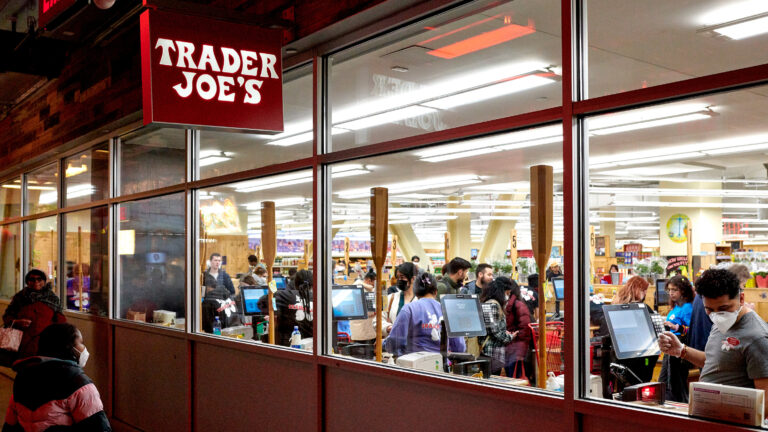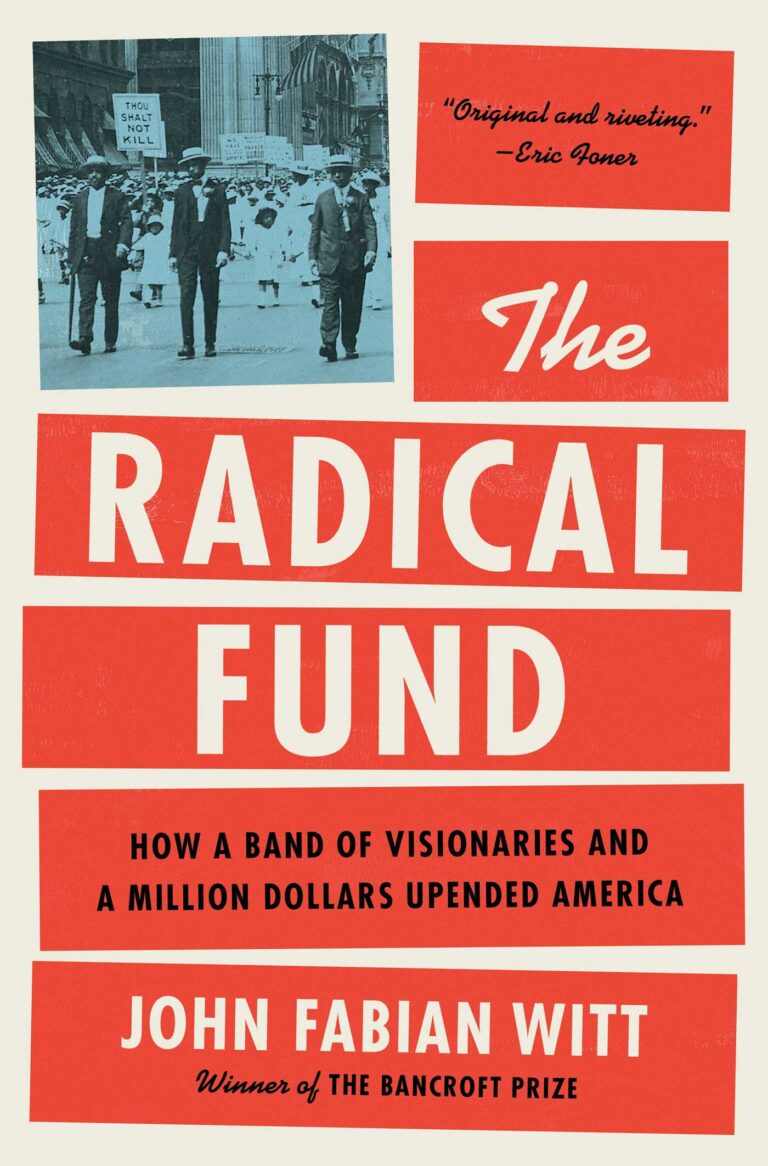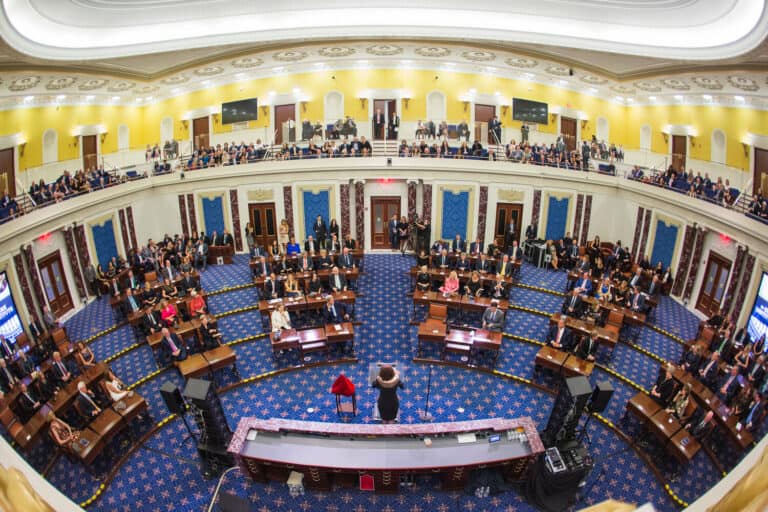Deanna Krokos is a student at Harvard Law School
The House of Representatives passed a bill on Friday to provide aid in the midst of the COVID-19 pandemic. The bill would provide for certain expansions of paid leave, food assistance, Medicaid coverage and unemployment insurance for people affected by the virus, largely through (1) tax incentives to employers and (2) funding to states administering social programs. The bill waives the federal work requirement for SNAP food assistance, although state requirements may remain in place. Most importantly, and controversially, it creates a federal paid leave program requiring the government and private sector employers with fewer than 500 workers (with exemptions for very small businesses) to provide 80 hours paid sick time for workers to self-quarantine, obtain diagnosis or treatment, and provide care for sick loved ones. For a typical job, that would cover 10 days off of work. Importantly, it prohibits employers from requiring workers to “use up” any pre-existing paid leave time before taking advantage of this policy. The measure is partially subsidized by an employer-side payroll tax credit to cover the wages paid during the leave period.
But the New York Times Editorial Board published two articles criticizing this measure, saying it does not do enough to protect workers or mitigate the threat to public health. The editorial says that the 10-day subsidized paid leave requirement amounts “to a brief suspension of the harsh and dangerous reality that most low-paid workers cannot afford to stay home when they are sick.” The board calls for a blanket paid leave law, to protect against this and the next public health crisis, and provide people with confidence that the workers they regularly interact with in restaurants, retail establishments, and other low-wage industries have the security they need to not spread sickness out of fear of losing their job or a vital paycheck.
The House bill is also criticized for its scope—specifically, its exclusion of employers with more than 500 employees. The New York Times editorial includes a visualization of how many major food or retail chains without robust paid leave policies in place are not covered by this bill, among them McDonalds, Pizza Hut, Taco Bell, and Publix (who all employ tens or hundreds of thousands of Americans.) A report by The Shift Project analyzes the specific policies offered by major employers throughout the country with attention to the risk to population health. One important feature of these reports, that rebuts counterarguments, it that while its true that 86% of large employers offer some type of paid sick leave, very few provide enough that a worker could suddenly take the 10 days this legislation would mandate or the 14 days that the CDC recommends
The reporting on the topic concludes that around 80% of the American workforce would be excluded from these protections.
The virus is also changing the way the federal bureaucracy operates. BloombergLaw outlines some of the steps agencies are taking to respond to the threat, and how those changes effect workers. All 53 field offices of the EEOC will no longer conduct face-to-face meetings between investigators and workers who wish to file a complaint of discrimination, but rather move all operations to phone calls. The NLRB has launched a “taskforce” to determine how and at what capacity the agency will remain operational, however this has been criticized because it removes discretion from local offices to set their own policies, which may rely on local or regional conditions. OSHA issued new guidance on Friday describing reporting requirements around worker exposure to COVID-19. OSHA has long required certain reporting standards for employers to log illnesses among workers. The COVID-19 guidance instructs employers to notify OSHA If any employee has a confirmed case of COVID-19 that is “work-related.” BloombergLaw notes that this raises questions as to how “work-related” cases will be defined, and how exposure to the virus in workplaces can be identified.






Daily News & Commentary
Start your day with our roundup of the latest labor developments. See all
November 17
Justices receive petition to resolve FLSA circuit split, vaccine religious discrimination plaintiffs lose ground, and NJ sues Amazon over misclassification.
November 16
Boeing workers in St. Louis end a 102-day strike, unionized Starbucks baristas launch a new strike, and Illinois seeks to expand protections for immigrant workers
November 14
DOT rule involving immigrant truck drivers temporarily stayed; Unions challenge Loyalty Question; Casino dealers lose request for TRO to continue picketing
November 13
Condé Nast accused of union busting; Supreme Court declines to hear Freedom Foundation’s suit challenging union membership cancellation policies; and AFT-120 proposes a “Safe Sleep Lots” program for families facing homelessness.
November 12
Starbucks and the NLRB face off over a dress code dispute, and mental healthcare workers face a reckoning with AI.
November 11
A proposed federal labor law overhaul, SCOTUS declines to undo a $22 million FLSA verdict, and a railroad worker’s ADA claim goes to jury trial.